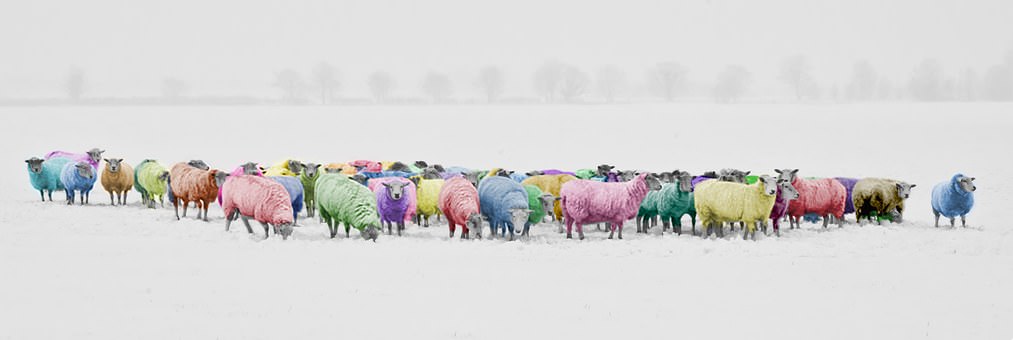The first thing to remember about ‘trigger warnings’ is that they are not, actually, anything particularly new. Sure, not many days go by without someone, somewhere, kicking up about all those millenial crybabies and their special snowflake sensitivities (and sometimes some of the criticism is not entirely unjustified, put it that way…)
 Even 40 years ago, it was pretty standard for an announcer to put on a sombre voice and inform you that the next programme might contain ‘strong language’ or ‘scenes of a disturbing nature’ And we used to get this on all our videos – I can’t be the only one who was always hoping he’d complete the sentence ‘may contain sexual swearwords’ by adding ‘Like FUCK or CUNT.’ Sex shops quite often still have a sign on the door alerting passers-by to the fact that stepping over the threshold might mean they see ‘material they may consider offensive’.
Even 40 years ago, it was pretty standard for an announcer to put on a sombre voice and inform you that the next programme might contain ‘strong language’ or ‘scenes of a disturbing nature’ And we used to get this on all our videos – I can’t be the only one who was always hoping he’d complete the sentence ‘may contain sexual swearwords’ by adding ‘Like FUCK or CUNT.’ Sex shops quite often still have a sign on the door alerting passers-by to the fact that stepping over the threshold might mean they see ‘material they may consider offensive’.
Surely this is straightfoward courtesy and consideration: you might not want to see this, so here is your chance to walk away, switch it off, go and find something more appealing to do. It’s also worth remembering that telling people something is really gross, scary, shocking, tearjerking can add to the thing’s attraction, and there’s nothing wrong with that, either.
Of course, it’s worth remembering that people who have undergone a trauma can be seriously distressed by things that are, in themselves, perfectly innocuous: the song that was playing on the radio when the Bad Thing happened, a particular colour or style of clothing worn by an assailant, specific smells, or a camera flash going off… It’s not possible to distress-proof public spaces against this, although friends and family of a vulnerable individual may well try.
Warning people that they might not like something, or that it might cause them serious distress, is not the same as banning the thing altogether, though a fair few commentators seem to think that we’re on one of those terrible slippery slopes towards banning any discussion of contentious or upsetting subjects altogether.
 What actually seems to be happening, more often than not, is a plague of rainbow sheep. That is, people are either inventing, or spreading, silly stories in order to fuel paranoid fantasies of the Authoritarian Left. While there may be a few officious dipsticks among local authorities who really do get all sticky-knickered over thinking up new things to ban – and it doesn’t do to underestimate the apocalyptic self-righteousness common among students (which is no worse than it was 30 years ago, anyway) when it comes to finding new things to quarrel about, content warnings are generally both given and received as a matter of trying to be nice to each other.
What actually seems to be happening, more often than not, is a plague of rainbow sheep. That is, people are either inventing, or spreading, silly stories in order to fuel paranoid fantasies of the Authoritarian Left. While there may be a few officious dipsticks among local authorities who really do get all sticky-knickered over thinking up new things to ban – and it doesn’t do to underestimate the apocalyptic self-righteousness common among students (which is no worse than it was 30 years ago, anyway) when it comes to finding new things to quarrel about, content warnings are generally both given and received as a matter of trying to be nice to each other.

